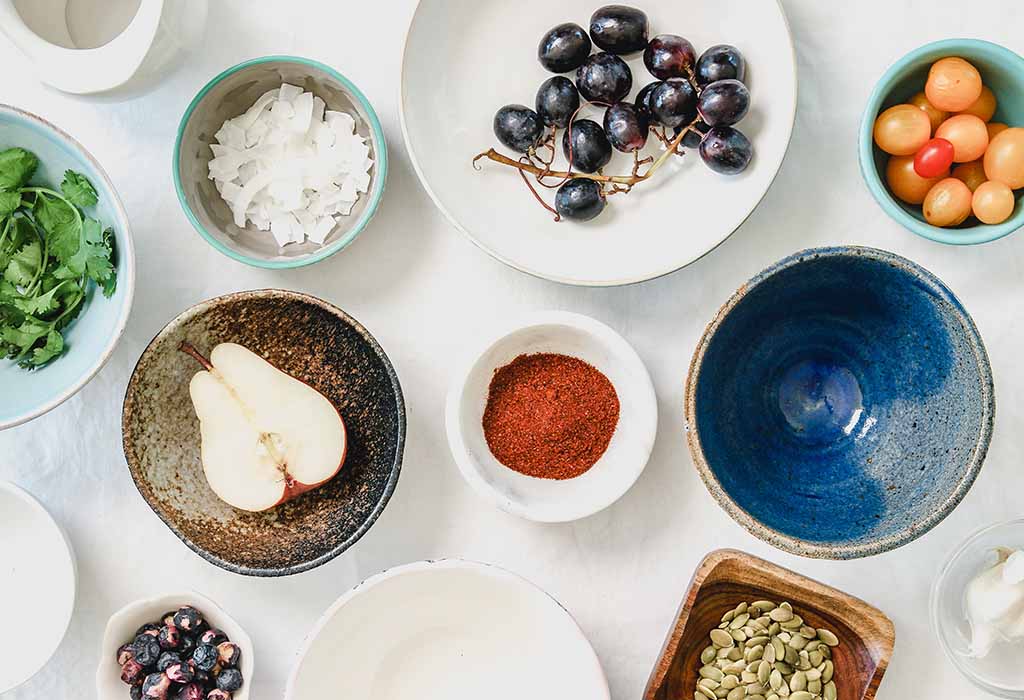The world of taste
Whether we’ve got a sweet tooth, a bread-and-pasta obsession, or are always craving a bowl of fries, we all have different taste preferences. Although there’s an almost limitless array of flavours found throughout the cuisines of the world, they are all essentially variations and combinations of just five basic tastes.
Scientists are still trying to figure out if there are other specific tastes that should be included in this list, such as calcium, starchy carbohydrates, or fatty substances. But for now, let’s take a quick look at the big five:
SWEET
This is a big one. The first food most of us consume as a baby—breastmilk—is high in lactose, which is a sugar. Right from our early days, it’s natural for us to enjoy sweet, sugary tastes. Some proteins and alcohol molecules can also elicit a response from our sweet receptors.
Chemicals responsible: sucrose, lactose, fructose, some alcohols, some proteins, artificial sweeteners like aspartame and stevioside and many more!
SOUR
It is generally acidic foods and drinks that we classify as sour. As too much extra acid isn’t healthy for our digestive system, we’re hardwired to react to this taste and limit our intake of it.
Chemicals responsible: hydrogen ions (H⁺).
SALTY
This is an easy one—we’ve all made the mistake of putting too much salt on our chips, or experienced that dreadful mouthful of tea when we realise that someone has put salt, not sugar, in the sugar bowl. However, in the right amounts, we like the taste of salt and it leads us to seek out protein-rich foods. We also need it because it helps our cells to keep their shape and function properly.
Chemicals responsible: sodium chloride (NaCl) is common table salt, but other salts, like salts of magnesium or potassium, can also taste salty (although they are not purely salty).
BITTER
Just as we’re hardwired to like sweet things, this is a taste we’re hardwired to reject. Evolutionarily speaking, bitter flavours generally came hand-in-hand with toxic, poisonous substances, so we had to learn to not eat them. We have learned to enjoy some bitter tastes, however, such as coffee and beer. The compounds we perceive as ‘bitter’ are often found in fruit, veggies and other plant-based foods, as they are used by plants to discourage predators from eating them.
Chemicals responsible: a whole range of different alkaloids, flavonoids, terpenes, glucosinolates and polyphenols.
UMAMI/SAVOURY
This taste has only been officially included in the group of ‘core’ tastes a little more recently. It’s that delicious flavour of a meat broth, or the ‘moreish’ flavour of foods that are high in MSG (monosodium glutamate, C₅H₈NO₄Na). It’s a common flavour in many Asian cuisines, found in soy sauce and meat, but also in ripe tomatoes, cheese and asparagus.
Chemicals responsible: amino acids—glutamic acid (C₅H₉NO₄) and its close cousin aspartic acid (C₄H₇NO₄).

As for why we even have a sense of taste in the first place, it’s to help us differentiate between useful nutritious food and things that will harm us. Our strong (and usually negative) response to bitter flavours is primarily to enable us to avoid eating poisonous foods—hence the large number of taste receptors we’ve developed as a response to the broad variety of poisonous (to us) plants that exist in the environments we once foraged in and relied upon almost entirely for our daily nutrition.
Similarly, our love of sugar comes from a fundamental need for energy, and we need proteins to provide the amino acids essential for growth and tissue replenishment. Neither of these nutrients were nearly as readily available back in the early days of human evolution as they are to us today.





